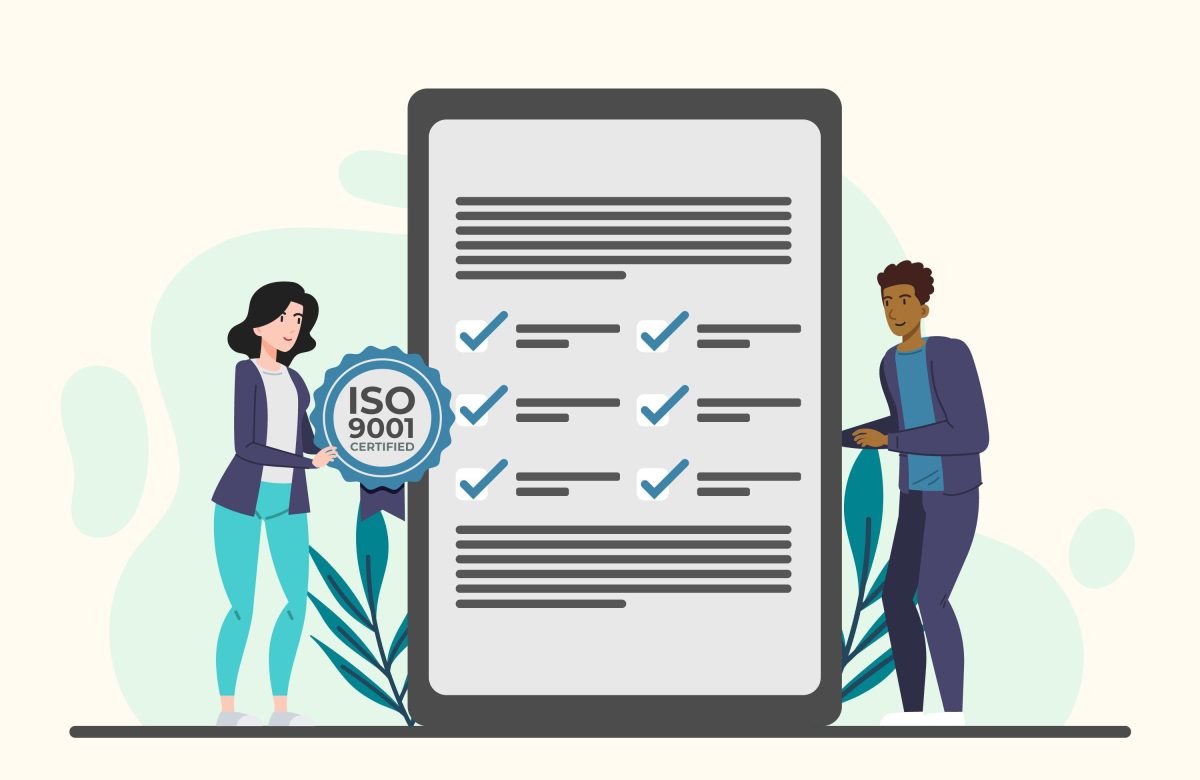Crafting an Effective Employee Development Strategy: Steps to Achieve Success

In the dynamic landscape of modern businesses, the success of an organization hinges on the growth and development of its employees. A well-structured employee development strategy not only empowers individuals to enhance their skills but also fuels the organization’s overall success. By investing in their professional growth, businesses can cultivate a motivated and skilled workforce that drives innovation, boosts productivity, and fosters long-term loyalty. In this comprehensive guide, we’ll explore the fundamental steps to building a successful employee development strategy that aligns with your company’s goals and values.
Understanding the Importance of Employee Development
Employee development goes beyond routine training sessions; it encompasses a holistic approach to nurturing talents, skills, and potential. Investing in employee growth not only enhances job satisfaction and performance but also contributes to the organization’s long-term success by building a culture of continuous improvement.
Key Steps to Building a Successful Employee Development Strategy
1. Align with Organizational Goals
Begin by aligning your employee development strategy with your company’s overall objectives. Clearly define how employee growth contributes to achieving the organization’s mission and vision.
2. Conduct Skills Gap Analysis
Identify the skills and competencies required for current and future roles within your organization. Conduct a skills gap analysis to identify areas where employees need development to meet these requirements.
3. Define Development Paths
Create clear development paths for different roles and career levels within your organization. Outline the skills, knowledge, and experiences needed to progress within each path.
4. Offer a Mix of Learning Opportunities
Develop a range of learning opportunities that cater to various learning styles. This could include formal training, workshops, online courses, mentoring, coaching, and experiential learning.
5. Encourage Continuous Learning
Promote a culture of continuous learning by encouraging employees to take ownership of their professional development. Provide resources, tools, and support for self-directed learning.
6. Tailor Development Plans
Work with employees to create individualized development plans. These plans should align with their career aspirations and strengths while addressing their areas of improvement.
7. Provide Regular Feedback
Offer constructive feedback to employees on their performance and development. Regular check-ins and performance reviews help employees understand their progress and areas for growth.
8. Support Skill Diversification
Encourage employees to diversify their skill sets beyond their core responsibilities. This fosters adaptability and prepares them for changing roles and responsibilities.
9. Embrace Mentorship and Coaching
Implement mentorship and coaching programs that connect employees with experienced professionals. These relationships provide guidance, insights, and a platform for learning from real-world experiences.
10. Recognize and Reward Growth
Acknowledge and reward employees’ commitment to development. Celebrate milestones and achievements to reinforce the importance of growth within the organization.
11. Measure and Evaluate
Implement metrics to measure the effectiveness of your employee development strategy. Track improvements in skills, performance, and engagement to assess their impact.
Best Practices for Building a Successful Employee Development Strategy
Leadership Involvement: Leadership support is crucial for the success of an employee development strategy. Leaders should model a commitment to growth and encourage their teams to do the same.
- Flexibility: Recognize that employee development is not one-size-fits-all. Allow flexibility for employees to pursue development opportunities that align with their unique goals.
- Cultivate a Learning Culture: Create an environment where learning is valued and celebrated. Promote sharing of knowledge and experiences among employees.
- Employee Ownership: Empower employees to take ownership of their development. Encourage them to set goals, seek opportunities, and drive their growth.
- Feedback Loop: Establish a feedback loop that allows employees to provide input on the effectiveness of development initiatives. Use their insights to refine and improve the strategy.
- Evolve with Technology: Embrace technology and digital tools to enhance learning experiences. Online courses, webinars, and learning platforms can provide accessible and flexible development options.
Conclusion
A successful employee development strategy is an investment that yields substantial returns for both individuals and organizations. By aligning with organizational goals, conducting skills gap analyses, defining development paths, offering diverse learning opportunities, encouraging continuous learning, providing tailored development plans, embracing mentorship, recognizing growth, and measuring effectiveness, businesses can create a culture of growth that attracts and retains top talent. Employee development not only enhances skills but also fosters engagement, job satisfaction, and a sense of purpose among employees. In an ever-evolving business landscape, a well-crafted employee development strategy is a cornerstone of success, cultivating a workforce that propels the organization toward greater innovation, productivity, and achievement.




